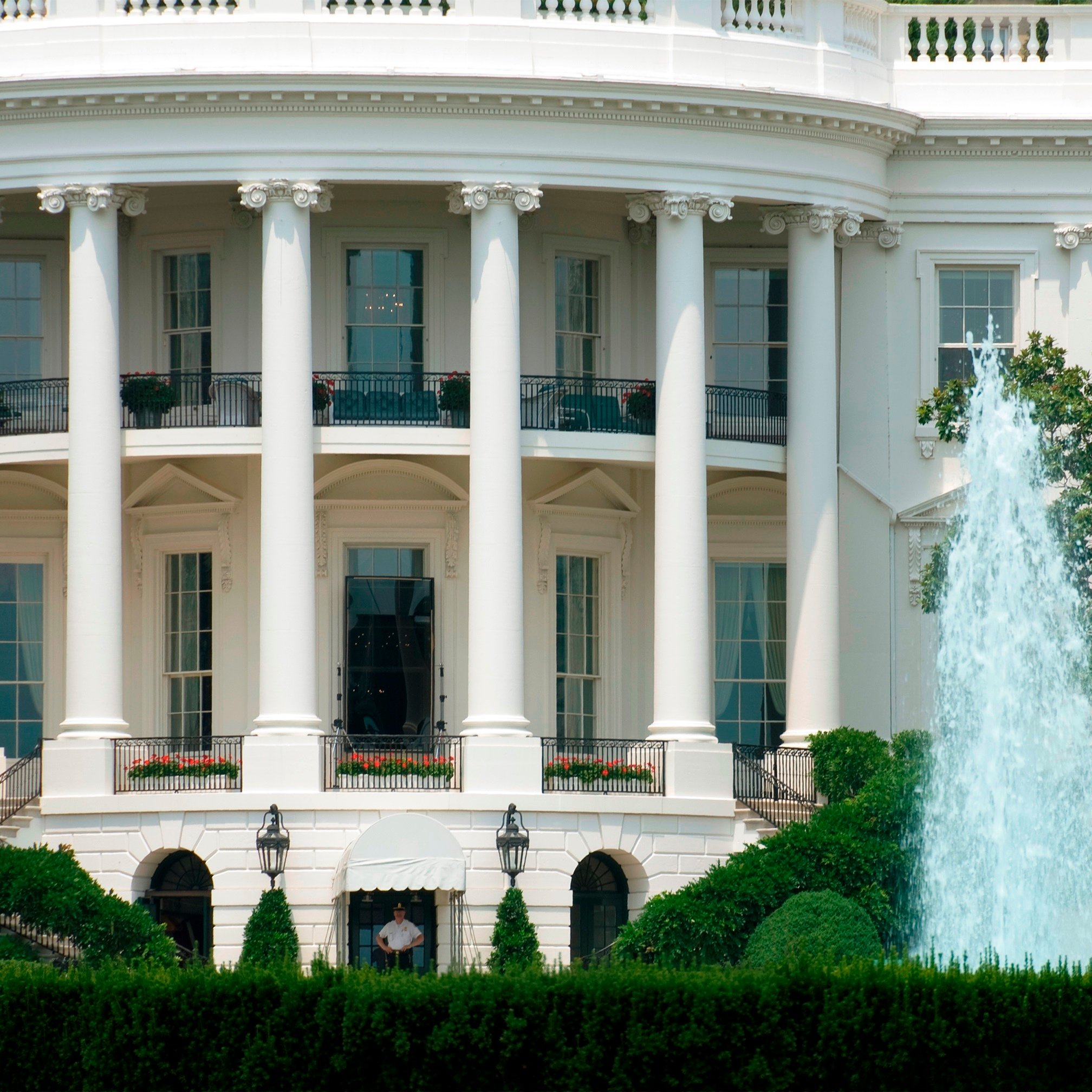Jobs
President Obama's Final Unemployment and Payrolls Tally

Published:
Last Updated:

If you ever wanted to find a major economic reading that always has the chance of moving a market that just does not matter for the time being, this Friday’s reading of the unemployment and payrolls from the U.S. Department of Labor sure fit the bill. The Labor Department said that 2016 added more than 2 million jobs for the sixth straight year. The more import reading was that workers earned more.
While this was the final employment report under the Obama administration, the reality is that most market watchers had by and large discounted the importance of this number. After all, the stock market rally and the rise in interest rates during November and December has moved the investor and economist focus out into the first half of 2017 or beyond.
It turns out that the preliminary view of 2016 was a net gain of 2.16 million jobs. While that was the sixth straight year above 2 million, it was a considerable drop from the 2.7 million payrolls added in 2015. December’s nonfarm payrolls rose by 156,000, after a 204,000 reading in November. Bloomberg’s consensus estimate was 175,000 for this advance reading. The Econoday range of estimates for December payrolls was for a gain of 151,000 to 210,000. November’s advance reading was an increase of 178,000 payrolls before this revision.
What matters more than the total nonfarm payrolls is the private sector payrolls. After all, these are not government and tax-payer supported in theory. Private sector payrolls were 144,000 in December. Bloomberg’s consensus was 165,000, and the Econoday range was 136,000 to 200,000. November’s advance figure of 156,000 private sector payrolls was revised higher to 198,000, so that shortfall in December may have had some of the expected jobs actually get pulled forward from the prior month.
[nativounit]
The official unemployment rate rose one-tenth of a percent to 4.7% as the measured labor force grew. The total number of people in the workforce rose by 63,000 in December. The labor force participation rate was 62.7%, which matched the prior month’s advance number but was up one-tenth of a percent after the revisions.
That 4.7% rate matched the Bloomberg consensus estimate. The big news here is that hourly earnings in December were up by 0.4% on the monthly reading, but this was a much more impressive 2.9% gain when compared to December in 2015. The average workweek was flat at 34.3 hours, but that was after the prior month’s reading was revised lower by one-tenth of an hour.
Revisions to the prior two months accounted for a net gain of 19,000 jobs over November and October. All in all, the data suggests that the jobs market remains quite and strong and should allow the Federal Reserve to justify an ongoing stance that the economy is at or close to a full employment situation.
Health care and social assistance added 63,300 of the payrolls gains, followed by gains in leisure and hospitality and in factories.
Again, what most likely matters now is what sort of numbers will be coming out in the first half of 2017. It is those numbers that will determine just how hawkish that Fed Chair Janet Yellen and the Federal Reserve will be in federal funds rate hikes this year.
Ever wanted an extra set of eyes on an investment you’re considering? Now you can speak with up to 3 financial experts in your area for FREE. By simply
clicking here you can begin to match with financial professionals who can help guide you through the financial decisions you’re making. And the best part? The first conversation with them is free.
Click here to match with up to 3 financial pros who would be excited to help you make financial decisions.
Thank you for reading! Have some feedback for us?
Contact the 24/7 Wall St. editorial team.